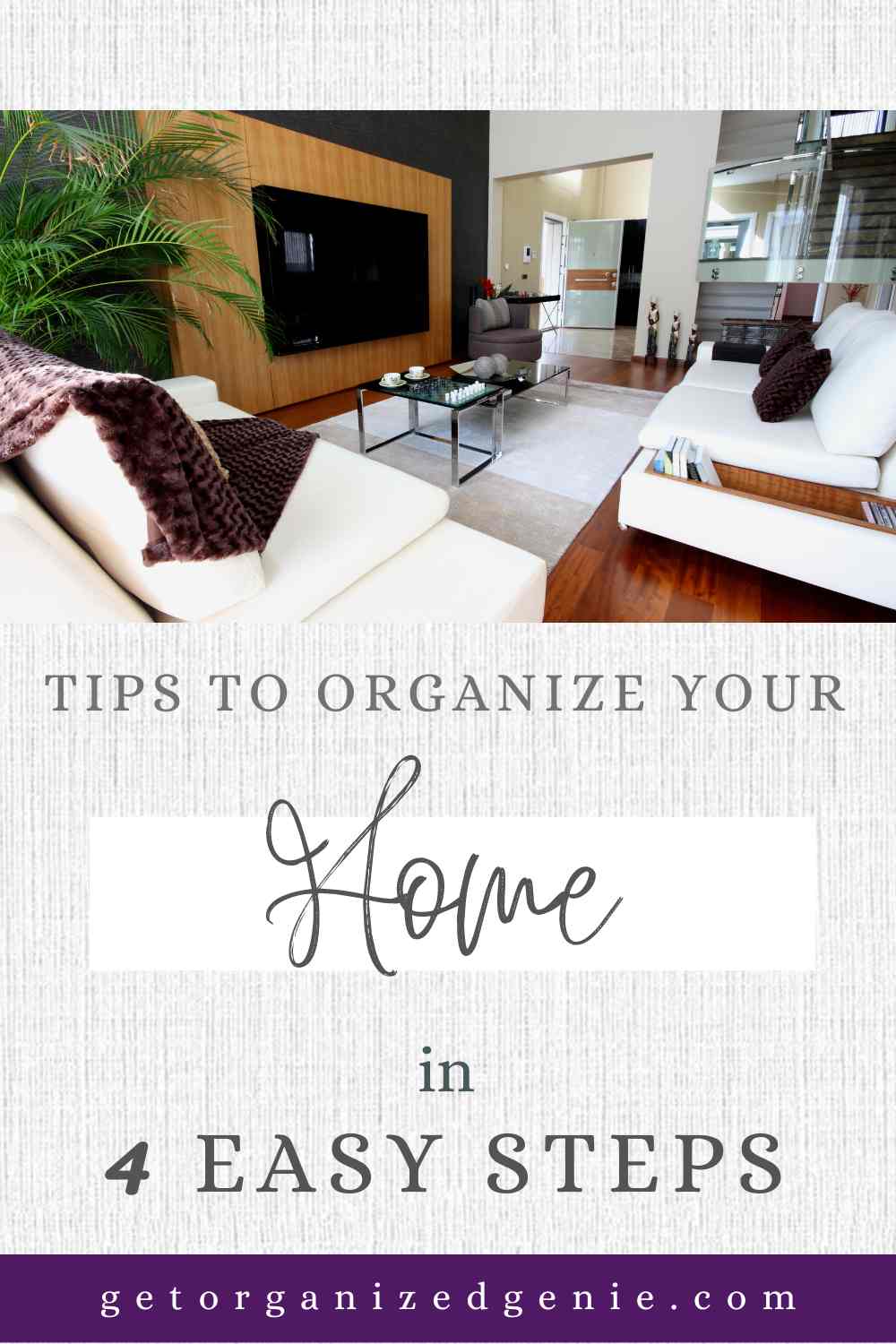- Home
- Get Started
- Tips for Organizing Your Home
Tips for Organizing Your Home in 4 Easy Steps
Do you need some quick tips for organizing
your home?
If you’ve been putting off getting your
home organized for a while now, take this opportunity to get started NOW!
Let your home be the place that you love to
come back to…a place where you can relax, feel comfortable and be proud of!
This article provides easy tips for organizing your home, it shows you how to get started in 4 simple steps and how to keep it that way.
You may skip to specific sections of this article if you wish:
- Simple Steps for Organizing Your Home
- Step 1 - Identify What You Don't Need
- Step 2 - Dispose of Unnecessary Items
- Step 3 - A Place for Everything and Everything in its Place
- Step 4 - Develop Habits to Keep Things Organized
- Bottom Line
Read on…
Simple Steps for Organizing Your Home
Is there a particular room or area that is
causing you concern? If there is, let’s get started straight away! Tackle small
sections of the room area, one by one to avoid becoming overwhelmed by the
task.
If there are other areas in your home that also need some attention, follow the same process, but finish one area before moving on to the next.
Try the following tips for organizing your
home...
Step 1 - Identify What You Don’t Need
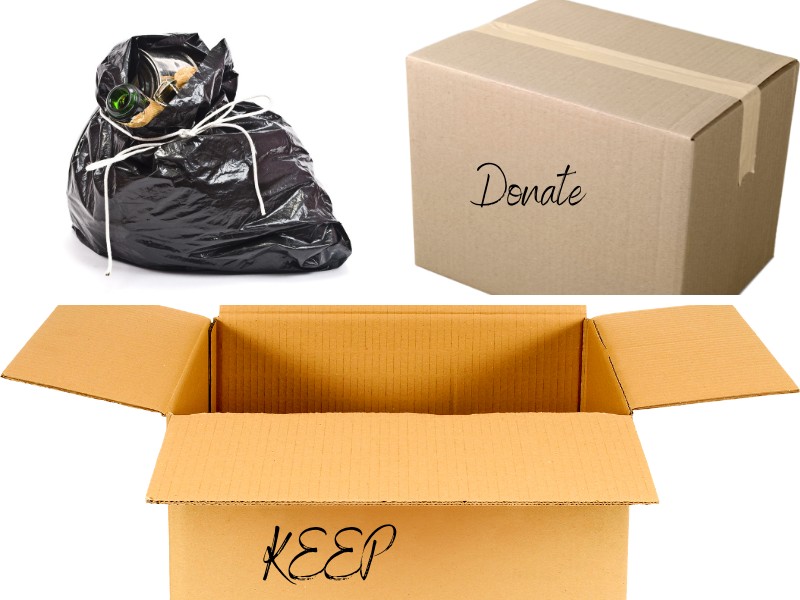
Before you start organizing a specific area, get rid of unnecessary items. It will make the organizing task simpler, and it will be much easier to keep the area organized.
Start by getting together a few empty boxes and bin bags so that you can sort the items located in the area you wish to organize.
Check through the items in the room area and decide which items you would like to keep and which ones need to be stored or disposed of.
Begin with the obvious rubbish (empty boxes, old magazines, expired products, old coupons, receipts, etc.), these go straight into the bin bags.
For the remaining items, decide which ones you wish to keep and which ones you can get rid of. If you are finding it difficult to decide what to get rid of, try to think of the last time you used the item. If you’ve not used the item in the last year and you can’t see yourself using it in the future, get rid of it!
There may be some items that you want to keep for sentimental reasons but try to keep these to a minimum. Be ruthless if you have to!
Step 2 - Dispose of Unnecessary Items
Now that you’ve identified which items you’re not going to keep, you
need to decide how to dispose of them. Consider the following options:
- Evaluate whether an item could be sold on secondhand platforms such as Facebook Market Place, eBay, Decluttr, Amazon Trade-in, etc. If you are likely to get less than $20 for an item, it may not be worthwhile investing the time required to get the item sold.
- Donate to charity.
- Give away to friends or family members.
- Recycle items that no longer
work or are beyond repair.
Step 3 - A Place for Everything and Everything in its Place
Designate a "home" for all of the items you’ve decided to keep and get into the habit of putting them back in the designated place. Try the following tips for organizing your home belongings:
Store Items Where They are Typically Used
- Items you normally use in the kitchen should be kept in the kitchen, those used in the bathroom in the bathroom…and so on and so forth.
- Following this simple rule makes it a lot easier to find things and you’ll be more likely to put things back after you’ve finished using them.
Store Similar Items in the Same Place
- Use a specific location for similar items.
- Reserve specific areas in the kitchen for cooking utensils, spices, baking products, fruits and vegetables, tinned products, etc.
- Keeping similar products together in the bathroom, such as your makeup, skin and body care, hair care, etc., can help save you save valuable time when you’re in a rush. It also makes it easier to keep things organized.
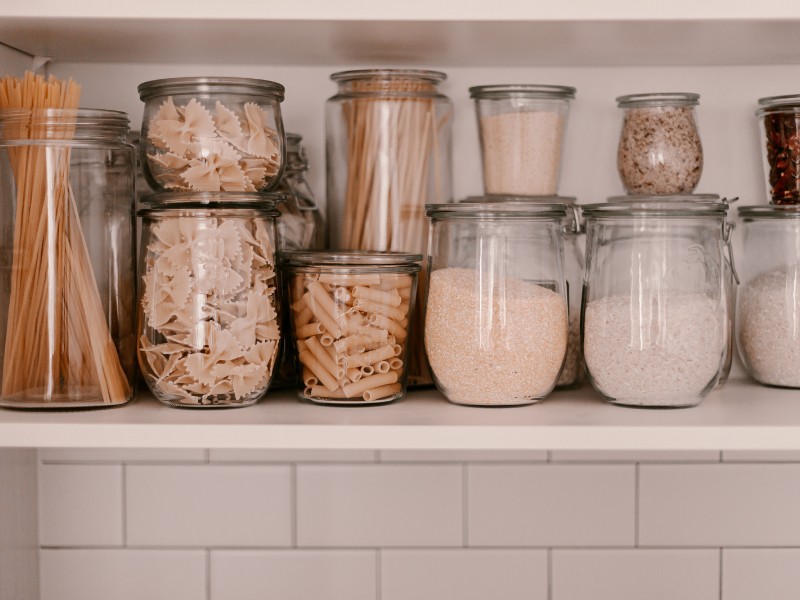
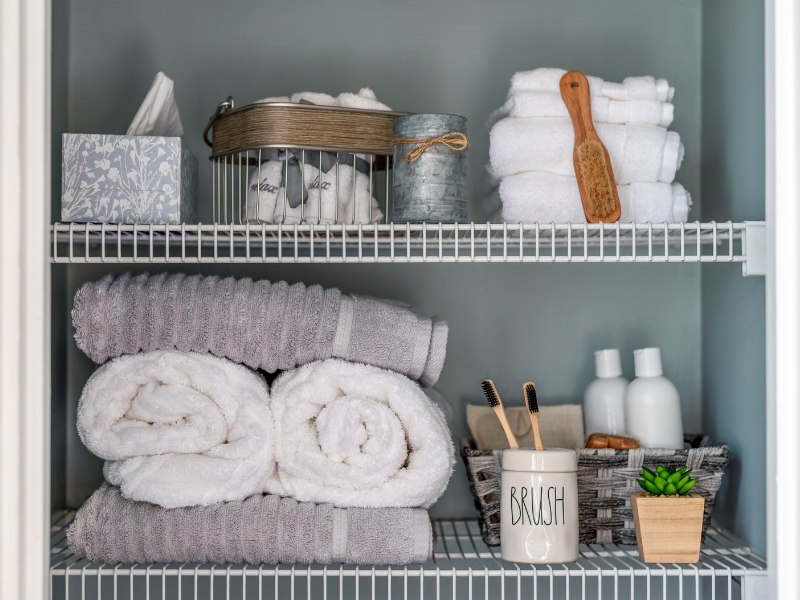
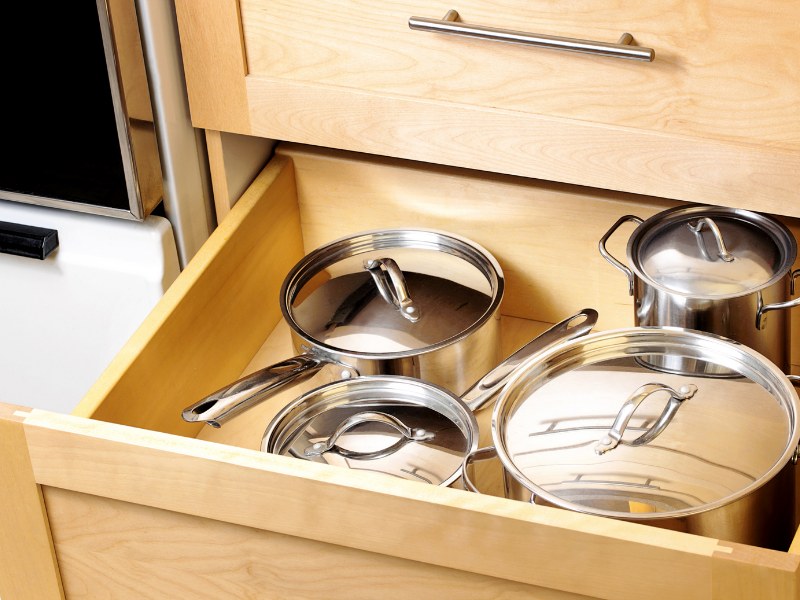
Make Good Use of Dividers
When organizing large spaces such as shelves,
drawers and cupboards, use dividers or containers to separate the areas into
specific zones for similar or specific items.
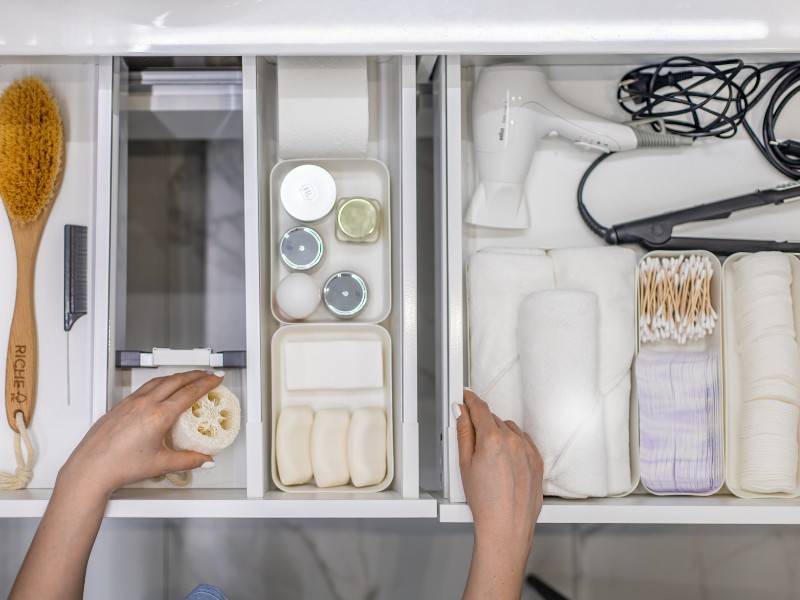
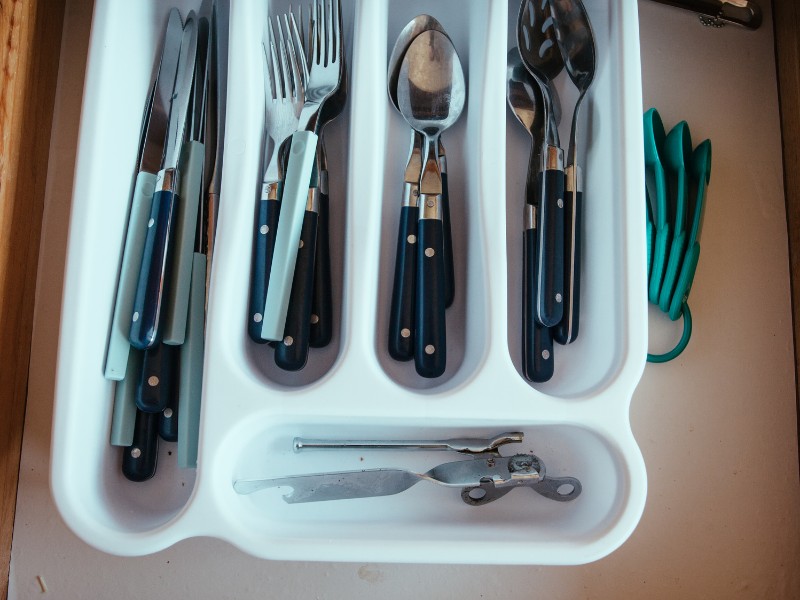
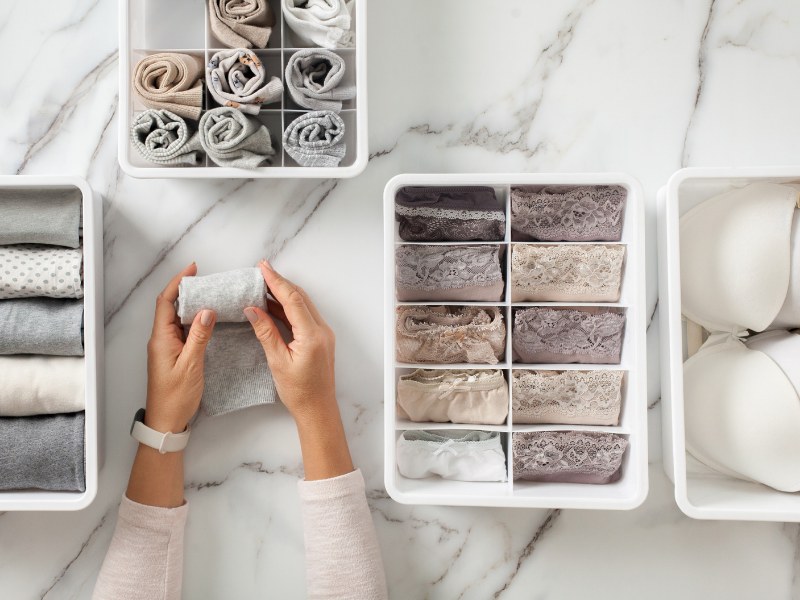
Organize Your Living Space to Fit Your Habits and Natural Tendencies
Take into account your daily routine and natural tendencies, try the following tips for organizing your home space:
- Keep items that you use regularly close to hand in the area where you generally use it. If you cook frequently and use lots of spices, make sure they are close to hand so you can access them quickly. Similarly, if you like to read in bed before you go to sleep, reserve a space in your nightstand drawer to keep your book.
- When using shelves, locate things you use regularly at eye level and things that are used less frequently at higher levels. Store heavier items at lower levels.
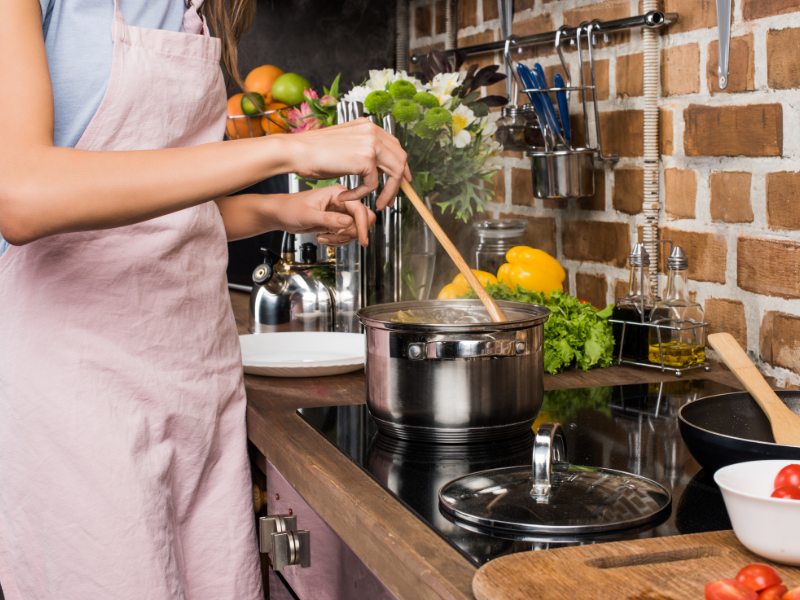
Allocate a Temporary "Home" for Non-Permanent Items
Non-permanent items such as mail, bills, gifts, and purchased items that need to be returned should be allocated a place where they can be temporarily stored until they can be addressed.
If you prefer to have these items visible so they are not forgotten, use an open basket or place them on a shelf at the entrance. These items may also be stored in a drawer or a small cupboard if you prefer them not to be visible.
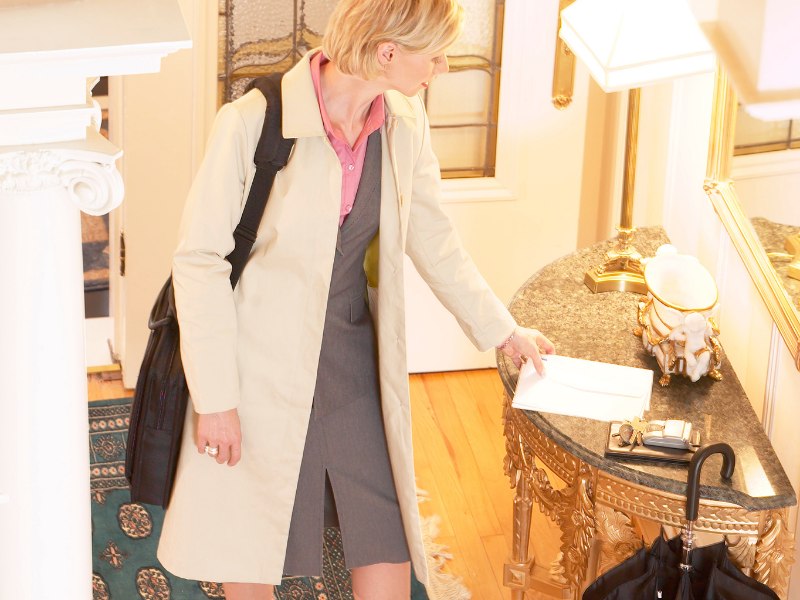
Store Items Not Used Regularly
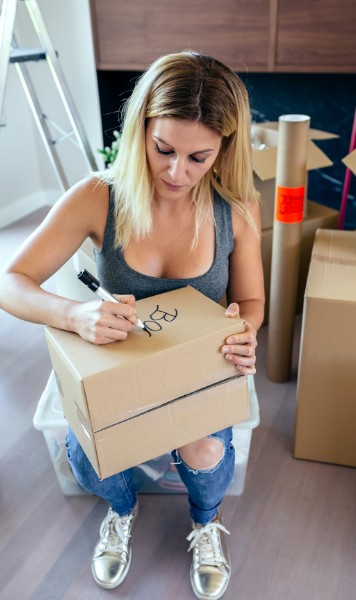
If space is limited, a basement, storage room, or garage may be used to store items that are not used every day. Under bed storage containers are also a good place to store seasonal clothes, shoes, bed linen and blankets, and other household items.
Once we’ve stored items away, we should be able to find them quickly and easily. There is nothing more frustrating than wasting valuable time looking for something that we need to use straight away or buying something again because we’ve forgotten that we already have one.
Try the following tips for organizing your home items to make sure that you can locate them quickly when you need to:
- Store similar products together: tools, sewing and knitting accessories, sports accessories, etc.
- Use transparent plastic containers or storage bags to make it easy to identify their contents.
- Label boxes and containers.
Organize Household Documents
Can you remember where you’ve kept important household documents such as property deeds, insurance policies, tax records, birth certificates, and immunization records?
If you can’t, you’ll need to create an organizational system to ensure that important documents can be easily located when required.
Try the following tips for organizing your
home documents:
- Designate a specific location for important documents and make sure that they are always kept there.
- If you have a home computer or laptop, keep a scanned copy of important documents for easy reference and to facilitate the replacement of the document if lost or stolen.
- Make a list of documents that
have to be renewed periodically along the expiry date. Include the documents
for all family members in your household on this list. Review this list at
least once a year to ensure documents are renewed before they expire.
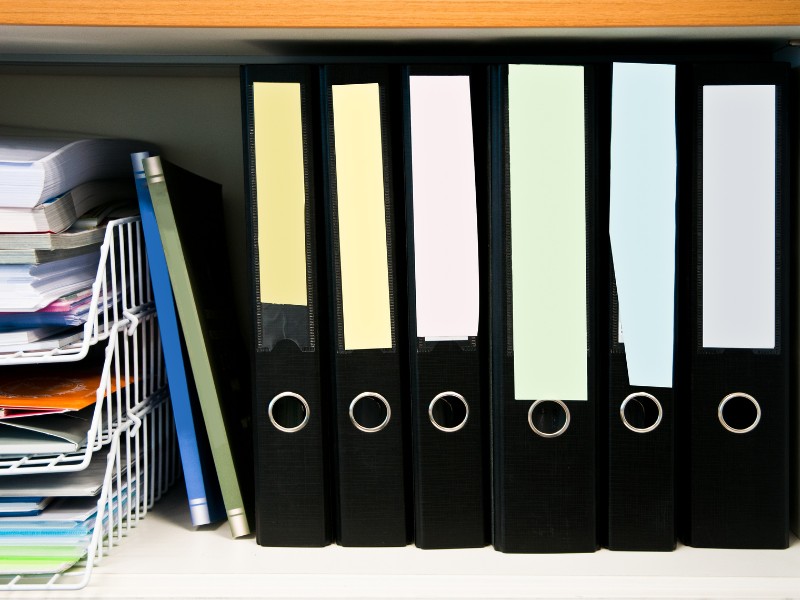
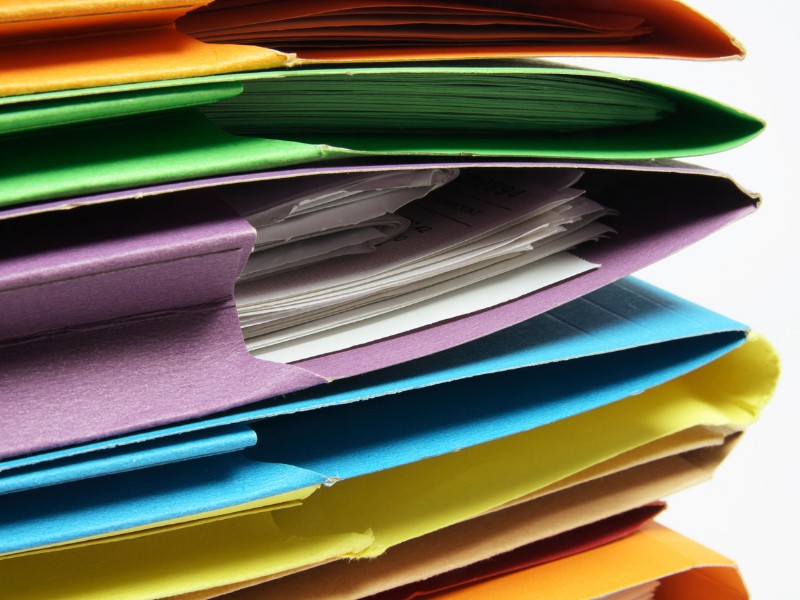
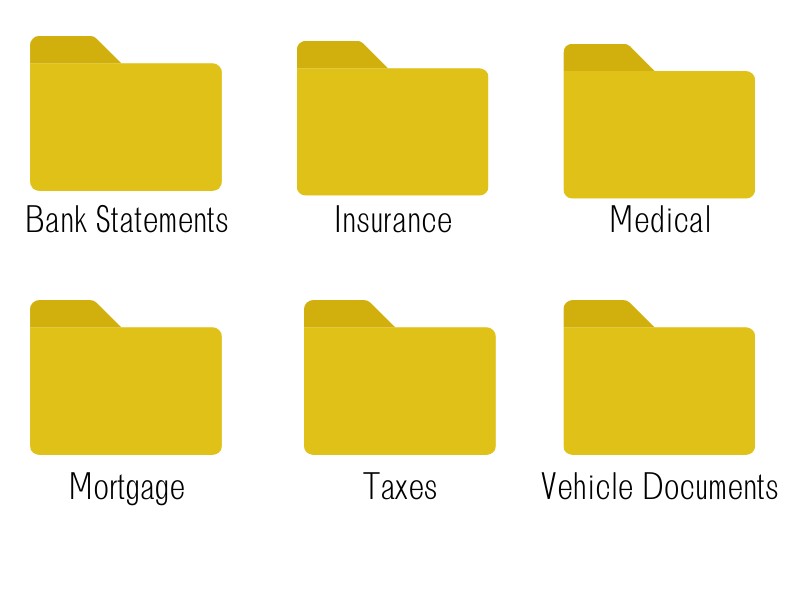
Step 4 - Develop Habits to Keep Things Organized
An organized
home won't stay organized unless you make a conscious effort to develop habits
to keep it organized:
- Get into the habit of putting things back in place straight after use.
- Do a quick survey of each room before settling down to relax at the end of each day, and make sure things have been put back in their proper place.
- When going shopping, stick to what you have on your shopping list and avoid buying things you don't need.
- Go through your home belongings at least once a year to identify the things you no longer need, duplicated items, and items that are damaged and beyond repair.
- Don’t let unnecessary items
accumulate in your home, get rid of them!
BOTTOM LINE
Try these essential tips for organizing your home and keeping it that way:
- Identify which items you don't use or need.
- Dispose of unnecessary items appropriately.
- Designate a "home" for all of your household belongings and always keep them there.
- Be disciplined and stick with your
organizational system!
Did you Find These Tips for Organizing Your Home Useful?
If so, we'd greatly appreciate it if you could click the "Share" button on your right to share them with others.
Thank you so much for your support!
Further Reading
Check out the following articles to help you stay organized and productive:
- How to Organize Your Life in 3 Easy Steps!
- 12 Habits of Organized People We Should All Practice
- Printables to Organize Your Life
- How to Increase Productivity at Work
Share this with others by clicking the icons below!
